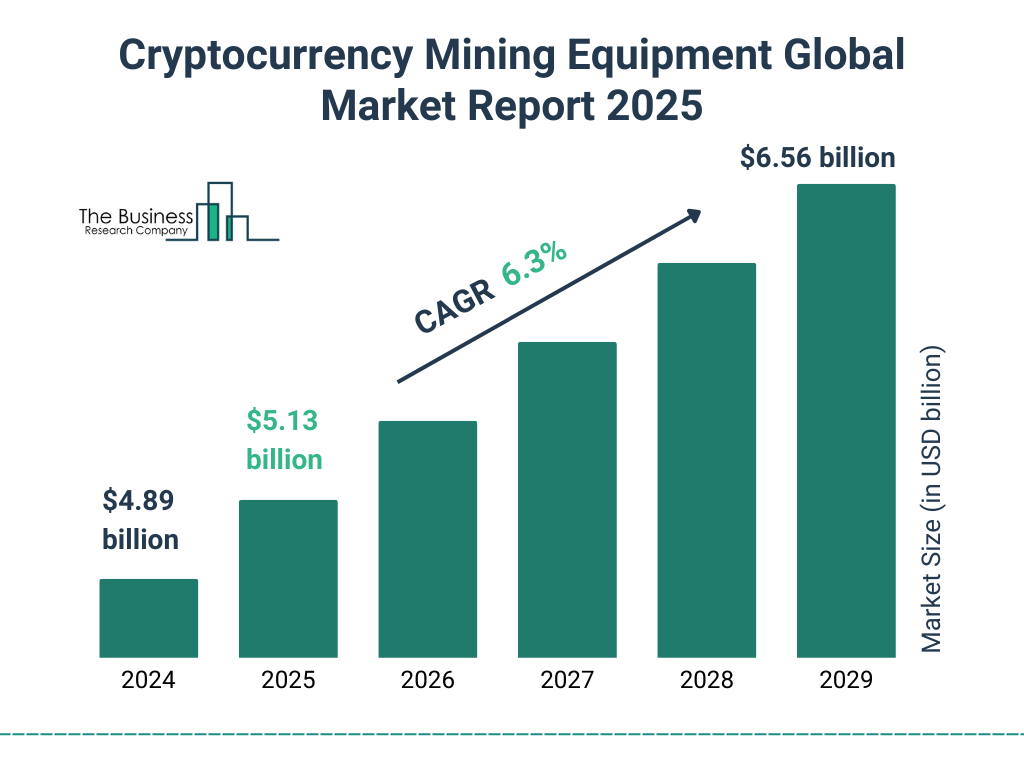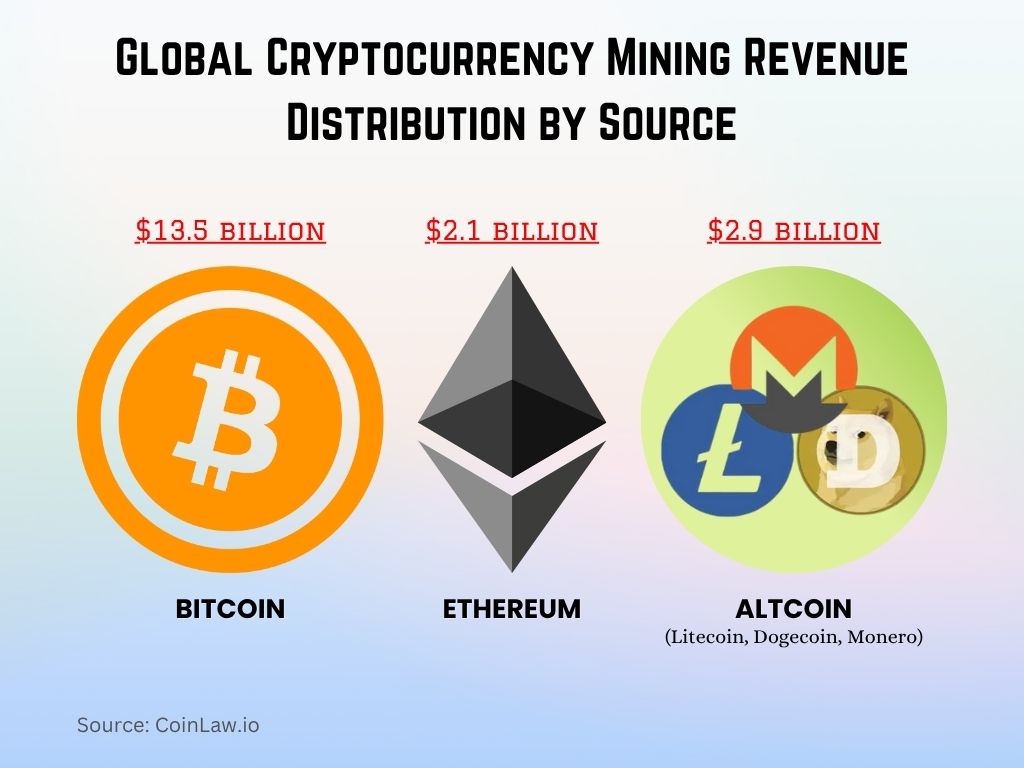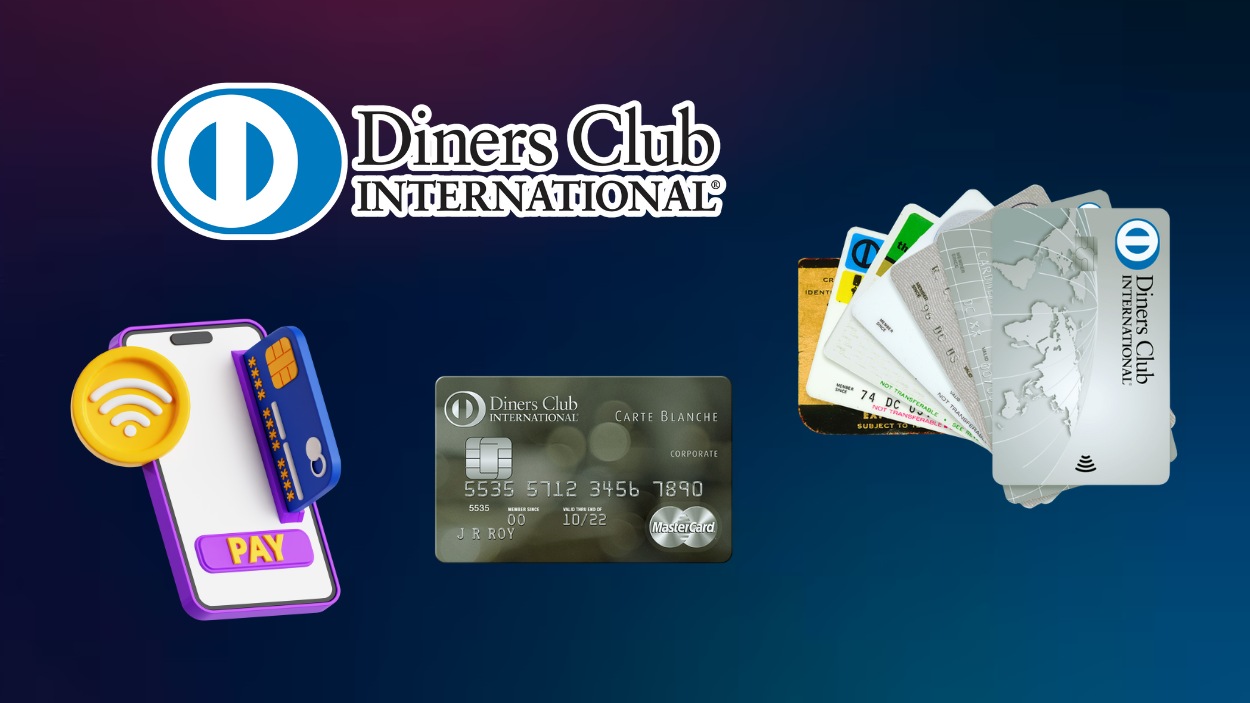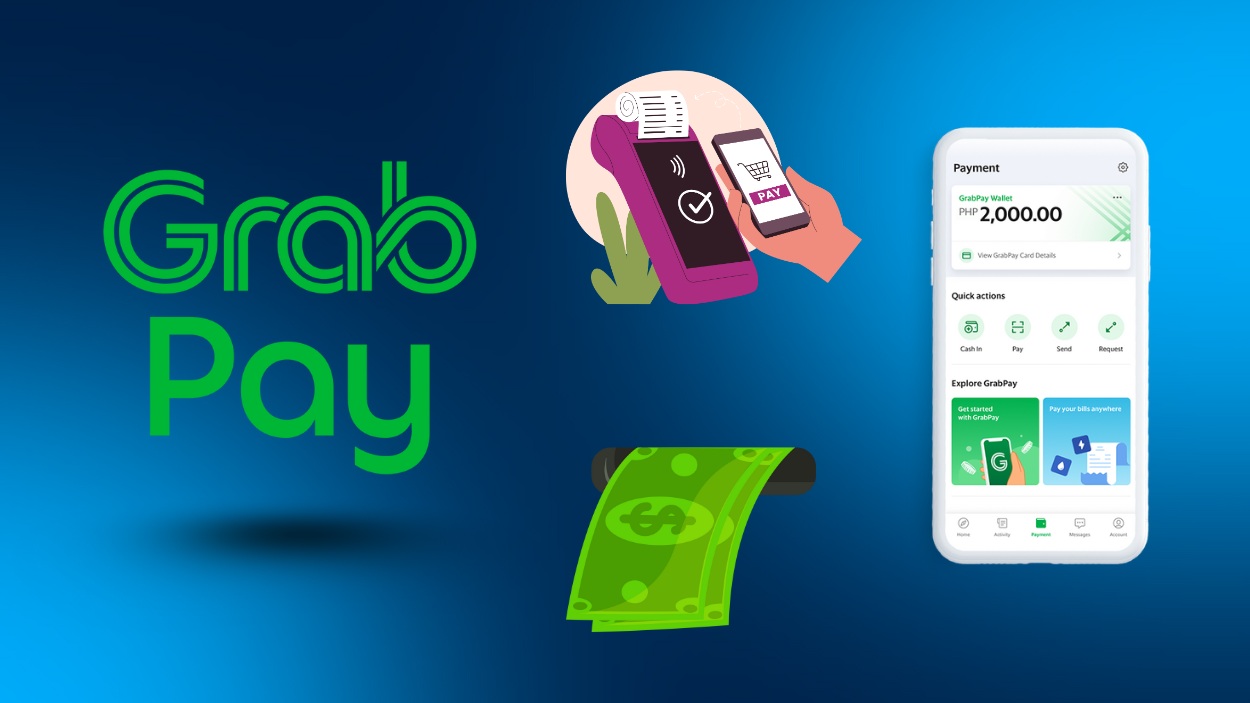In the ever-evolving landscape of cryptocurrency mining, the year 2025 presents significant developments shaped by fluctuating energy costs, rapid technological innovations, and dynamic regulatory environments. From the rise of more eco-friendly mining practices to shifts in global revenue sources, cryptocurrency mining has become a pivotal industry, transcending the realms of technology and finance. This article will dive into the latest statistics, offering insights into growth factors, revenue streams, and the driving forces behind one of the digital age’s most influential industries.
Editor’s Choice: Key Milestones
To highlight 2025’s major developments, we’ve compiled key statistics showcasing milestones in cryptocurrency mining:
- Bitcoin mining now consumes approximately 0.55% of global electricity demand, down slightly due to improved efficiencies.
- Estimated global electricity usage for Bitcoin mining reached 168.3 TWh by mid-2025.
- The cryptocurrency mining market is valued at $2.75 billion in 2025, with a projected CAGR of 13.2% through 2035.
- As of April 2025, Bitfarms achieved an energy efficiency of 22.5 W/TH, improving over 40% year-over-year.
- Bitcoin’s daily power demand sits at approximately 18.9 GWh, with annualized usage of 172 TWh.
- A 2025 consumer survey shows that 32% of American adults now own cryptocurrency, more than double from two years ago.
- There are now over 10,300 active cryptocurrencies, with Ethereum and Tether still trailing behind Bitcoin in market value.
Cryptocurrency Mining Equipment Market Outlook
- The global market size for cryptocurrency mining equipment is projected to grow to $6.56 billion in 2029.
- In 2025, the market is expected to reach $5.13 billion, reflecting steady expansion.
- The industry is forecasted to grow at a CAGR of 6.3% over the period.
This growth indicates increasing investment in crypto mining infrastructure and demand for advanced mining technologies.

Growth Factors in Cryptocurrency Mining
Several core factors are propelling growth in the cryptocurrency mining sector in 2025, driven by economic dynamics, technological advancements, and regulatory evolution.
- Global demand for digital assets rose 18% in 2025, driven by institutional adoption and increased use in emerging economies.
- Bitcoin miners earned $11.2 billion in 2025, with mining rewards rising by 7.1% year-over-year.
- Next-gen ASICs improved hash rate performance by 35% over older models, enhancing profit margins across major mining operations.
- Expanded blockchain use in sectors like supply chain and banking pushed mining activity to meet validation demands.
- With electricity prices rising, 45% of mining firms in 2025 now rely exclusively on renewable energy.
- Clearer crypto regulations in the US, EU, and Canada in 2025 encouraged institutional-scale mining investments.
- Mining operations shifted significantly toward North America and Scandinavia, reducing dependency on high-risk zones like China and Russia.
Global Cryptocurrency Mining Revenue
In terms of financial impact, cryptocurrency mining in 2025 remains a multi-billion-dollar industry, fueled by network growth and institutional capital flow.
- Total mining revenue is projected to hit $20.4 billion in 2025, reflecting a 9% increase from 2024.
- Bitcoin mining contributed 66% of global revenue, generating an estimated $13.5 billion this year.
- Ethereum staking rewards reached approximately $2.1 billion in 2025, continuing strong post-Merge validator returns.
- Altcoin mining revenue crossed $2.9 billion, with gains driven by tokens like Litecoin, Kaspa, and Monero.
- Mining pool participation rose another 17% in 2025, as smaller operations seek shared reward models.
- NFTs and DeFi platforms sustained demand for mining-backed validation, especially on proof-of-work compatible chains.
- Global investment in mining hardware is set to reach $4.5 billion in 2025, marking a 12.5% annual increase as infrastructure scales.

Mining Energy Consumption and Environmental Impact
The cryptocurrency mining industry in 2025 continues to evolve under growing energy and environmental scrutiny, pushing innovation in sustainability.
- Bitcoin mining energy consumption reached approximately 105 TWh in early 2025, comparable to countries like Sweden.
- Global mining carbon emissions dropped by 9.5% in 2025, thanks to expanded adoption of clean energy infrastructure.
- Renewable energy usage in mining rose to 62% globally, fueled by policy mandates and energy pricing.
- Hydropower and solar still dominate, powering over 74% of renewable-based mining in North America.
- In 2025, the average U.S. power cost per mined Bitcoin increased to $17,100, tightening margins for smaller operators.
- China’s mining ban continues to redirect operations, with over 68% migrating to energy-efficient regions like Iceland and Paraguay.
- Emission-reducing hardware tech, including immersion cooling, cut mining energy use by 14%, boosting operational efficiency.
Leading Countries in Cryptocurrency Mining
Cryptocurrency mining in 2025 remains concentrated in regions with energy advantages, regulatory clarity, and infrastructure investment.
- The United States leads with 44% of Bitcoin’s global hash rate, maintaining dominance due to regulatory stability and advanced mining farms.
- Kazakhstan contributes around 12% of the global hash rate, continuing to benefit from low-cost energy and tax incentives.
- Russia’s share is now 10.5%, with growth driven by flare gas mining and subarctic cooling efficiencies.
- Canada holds steady at 9% hash rate, with Alberta and Quebec boosting output using renewable power.
- Iceland powers over 92% of its mining with geothermal and hydro, remaining a haven for eco-conscious miners.
- Norway’s mining industry thrives on 96% hydropower, attracting operators focused on sustainability and cost control.
- Iran contributes 4.2%, though sanctions and energy rationing continue to limit full-scale mining development.

Mining Technologies: ASIC, GPU, and Cloud Services
Technological innovation in 2025 continues to reshape crypto mining, making it more scalable, energy-efficient, and accessible.
- ASIC miners now reach up to 150 TH/s, more than doubling the output of earlier models and dominating Bitcoin mining efficiency.
- GPU mining remains vital for Ethereum Classic, Ravencoin, and others, with NVIDIA’s RTX 5000 series and AMD’s RDNA 4 leading performance.
- Cloud mining services expanded by 19% in 2025, with platforms like Genesis Mining and NiceHash dominating market share among non-hardware users.
- Mining rig rental platforms surged in adoption, giving users low-capital access to remote hash power and automated profit switching.
- FPGA mining gained wider adoption in 2025 for coins with niche algorithms, combining flexibility and moderate efficiency.
- Algorithm optimizations boosted overall mining efficiency by 17%, with tools like CGMiner, BFGMiner, and newer AI-powered suites improving results.
- Decentralized cloud mining protocols grew steadily, offering users tokenized access to blockchain-based hash rate markets.
Top Bitcoin Mining Pools by Market Share
- Foundry USA leads the global mining pool market with a 27.81% share, making it the largest contributor to Bitcoin block production.
- AntPool ranks second with 21.12%, highlighting its strong presence in the Bitcoin mining ecosystem.
- F2Pool follows closely with a 13% share, maintaining its position among the top three pools worldwide.
- ViaBTC captures 10.79% of the mining market, showing steady operational scale.
- Binance Pool holds a 7.69% share, backed by the exchange’s massive infrastructure.
- Smaller pools like Poolin (3.32%), Braiins Pool (2.89%), and MARA Pool (2.82%) still contribute meaningfully to the network.
- Other notable mentions include Luxor (2.43%), BTC.com (2.36%), and SBI Crypto (1.62%).
- Pools with less than 1% share include SpiderPool (0.84%), SECPOOL (0.75%), and Carbon Negative (0.64%).
- The “Other” category accounts for 1.89%, representing various minor or independent mining pools.

Mining Profitability and Transaction Fees
Mining profitability in 2025 continues to shift, shaped by market volatility, energy prices, and transaction economics across networks.
- Bitcoin mining profitability now averages $0.065 per TH/s, reflecting a 7% drop from 2024 due to sustained high energy costs.
- Ethereum staking yields hold strong at 4.2% annually, remaining a stable passive income alternative to mining.
- Altcoin profitability rose with coins like Litecoin and Dogecoin, driven by 22% growth in transaction fees amid retail adoption.
- Bitcoin transaction fees average $3.45 in 2025, pushed up by layer-2 settlements and increased on-chain activity.
- Ethereum gas fees have stabilized at $1.10 per transaction, down slightly post-network sharding upgrades.
- Foundry USA continues to lead, contributing to 30% of Bitcoin blocks mined and maintaining top reward distribution rates.
- Investments in energy-efficient tech hit $1.35 billion in 2025, as firms aim to optimize ROI through smarter infrastructure.
End-User Insights in the Mining Industry
Retail participation in mining continues to evolve in 2025, fueled by accessibility, decentralized finance tools, and alternative yield mechanisms.
- Individual miners contribute approximately 10% of the global hash rate, supported by affordable next-gen ASICs and plug-and-play GPUs.
- Hobbyist miners in the U.S. increased by 14% in 2025, leveraging cloud mining and mobile-managed rigs with minimal overhead.
- Cloud mining subscriptions from individual users rose by 21%, with Genesis Mining and BitDeer leading the passive income trend.
- Social media and online forums played a significant role, with Reddit’s cryptocurrency forums seeing a 30% spike in mining-related discussions, emphasizing community-led education.

- European users now account for 17% of global cloud mining demand, despite above-average power costs in key regions.
- GPU resale volumes climbed 19%, driven by migration to altcoins like Kaspa and Ergo after Ethereum’s PoS shift.
- Staking services saw a 38% rise in deposits among retail users, with Coinbase, Kraken, and Binance capturing the majority interest.
Sustainability and Green Mining Initiatives
Green mining efforts accelerated in 2025, with firms and governments adopting cleaner technologies and emission reduction strategies across the industry.
- Carbon-neutral mining pledges now include over 52% of major mining firms, aiming for net-zero targets by 2030.
- Hydropower accounts for 36% of North American mining energy use, led by Canada and the Pacific Northwest.
- Solar mining farms in Texas and Nevada expanded output by 23%, with Nevada’s solar hub offsetting 2,400 tons of CO2 annually.
- Immersion cooling systems improved energy efficiency by up to 22%, supporting both eco-goals and cost reduction.
- Green mining grants grew by 17% in 2025 in countries like Norway and Iceland, incentivizing 100% renewable-powered facilities.
- Refurbished hardware usage rose by 18% among small-scale miners, helping reduce e-waste and capital costs.
- Eco-friendly blockchains such as Chia, Helium, and Filecoin gained traction for using low-energy consensus mechanisms.
Bitcoin Mining Cost by Region
- Europe has the highest cost to mine 1 Bitcoin at $142,682.54, making it the least economical region for mining.
- Oceania follows with a steep cost of $116,570.70 per Bitcoin mined.
- South America ranks third, with an average mining cost of $76,159.53.
- Africa and North America have identical mining costs of $65,279.59 per Bitcoin.
- Asia is the most cost-efficient region, with a mining cost of only $30,308.38 per Bitcoin.

Recent Developments
The crypto mining industry in 2025 continues to evolve rapidly in response to shifting market conditions, sustainability goals, and regional policy changes.
- Hive Digital reported $33.8 million in Q2 2025 revenue, fueled by increased Bitcoin reserves and mining output.
- Phoenix Group posted a 198% year-over-year revenue growth, reaching $124 million as it scaled operations across the Middle East and North Africa.
- Bitfarms sold its Paraguay farm for $92 million, reallocating capital to new sites in Texas and North Dakota.
- Russia extended winter mining bans in parts of Siberia, citing grid stress and aiming to protect the energy supply during peak demand.
- Nebraska’s proposed mining electricity tax in 2025 is estimated to impact up to 12% of the state’s mining capacity, sparking industry opposition.
Top Public Bitcoin Mining Companies by Hashrate
- MARA leads all public mining companies with a realized Bitcoin hashrate of 42 EH/s, highlighting its dominance in the industry.
- CLSK follows closely behind with a strong hashrate of 35 EH/s, reinforcing its competitive mining capacity.
- RIOT maintains third place with a realized hashrate of 32 EH/s, remaining a key player in Bitcoin mining.
- CANG achieves a notable 30 EH/s, securing a solid position among top miners.
- IREN rounds out the top five with 29 EH/s, contributing significantly to the total network hashrate.
- CORZ holds a mid-tier rank with 15 EH/s, showing potential for further scaling.
- CIFR operates at 13 EH/s, indicating consistent performance within the sector.
- BITF comes in with 12 EH/s, reflecting modest but steady mining output.
- HIVE has a lower output at 6 EH/s, placing it among the smaller public miners in the group.
- HUT8 ranks last with 3 EH/s, suggesting a more niche or efficiency-focused operation.

Conclusion
The cryptocurrency mining industry is a dynamic field, shaped by technological advancements, regulatory developments, and a growing emphasis on sustainability. From end-user trends to global revenue streams, mining is evolving to meet the demands of an increasingly digital world. As regions like North America and Europe lead in sustainable practices and countries like Kazakhstan and Russia drive efficiency through cost-effective energy solutions, the sector reflects a global shift toward innovation and green initiatives. The years ahead hold potential for even greater changes, especially as new technologies and practices emerge to address the pressing need for both profitability and environmental responsibility in cryptocurrency mining.
Hover or focus to see the definition of the term.


























































